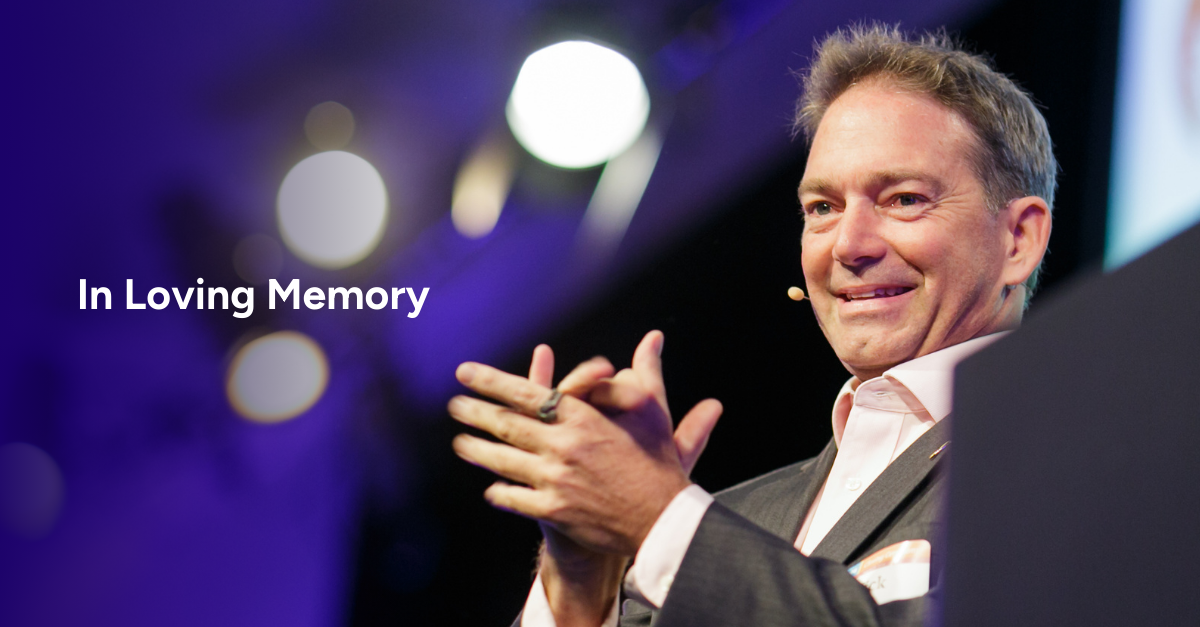Jurassic Park's Colossal Opportunity to Help Stop Climate Change


You only need to hear the first few chords of the iconic Jurassic Park theme song to be transported back into a world where anything is possible.
The release of Jurassic Park in the early 90’s was a pivotal moment in science and technology and a perfect example of how science-fiction turns to science-fact. The power of story to catalyze real-life action goes beyond science fiction. Similar to how Top Gun’s popularity led to an increase of almost 10% in Navy recruitment, interest in the field of prehistoric DNA spiked after the release of the first Jurassic Park movie and continues to inspire an entire generation of scientists, adventurers and paleontologists to push the boundaries of progress. This, in turn, led to increased funding and research in the fields of genetic engineering and biotechnology.
As a result of this increased interest, advancements were made in the understanding of ancient DNA and the development of new techniques for manipulating DNA, such as CRISPR. These advancements have paved the way for the potential of de-extinction and have brought the concept closer to reality. In 1990, Jurassic Park placed a question in readers’ minds, and later on viewers’ minds: what if reversing extinction was possible?
And now, two decades later we are one step closer to the answer.
Enter Colossal Biosciences – you may know them as the team working to bring back the Woolly Mammoth and the Tasmanian tiger. This morning they announced a new $150MM Series B investment and a plan to de-extinct the Dodo bird. While their tagline reads: “the first de-extinction company,” and they do have aspirations for a commercial theme park in the future, Colossal has made it clear that they’re not trying to bring back the dinosaurs– much to some fans' dismay and no matter how much the founders look like they could fit right in on a Jurassic Park set.

The focus for founders Ben Lamm and George Church, Ph.D., lies in leveraging their proprietary software, hardware and wetware to further conservation efforts for the ‘continuation of life on Earth.’ Quite the moonshot if we do say so ourselves.
“Many of the powerful technologies we’re developing today hold the potential to fundamentally reshape how the world thinks about and goes about global conservation, advancing human health and solving the most pressing challenges in life sciences. Some will impact the efficiency and availability of everyday medicine. While others may contribute to the eradications of disease and the acceleration of possibility through genetics,” according to their homepage.
The first phase of the work lies in bringing back the Woolly mammoths, Thylacines and the Dodo. These early choices for de-extinction are part of Colossal’s plan to stop climate change by ‘rewilding’ the Earth with species whose main role was helping to maintain the ecological balance. A study published in August of 2022 in the Proceedings of the National Academy of Sciences supports the theory that we are in the middle of a mass extinction of nonhuman species. Permafrost, vast swaths of earth that have been frozen since the Pleistocene era, contain huge amounts of stored greenhouse gasses. In fact, research from 2013 suggested that the Earth’s permafrost contained twice as much carbon as the then-current atmosphere. If this permafrost were to melt, it would release millions of tons of greenhouse gasses, including methane which is far more potent than carbon dioxide.
So how can bringing back the Woolly Mammoth help? Mammoths and other large animals that survived in the frozen tundra kept the vegetation of the steppes low to the ground, knocking over trees but leaving and fertilizing the mosses and grasses that covered the ground. In turn, the grassy landscape helps prevent the melting of permafrost by reflecting more and absorbing less heat than the trees do, while the trampled down snow also provides less insulation for the ground beneath.
Colossal isn’t the first to attempt de-extinction. Some may remember the Chickenosaurus project led by Paleontologist Jack Horner that made waves back in 2011, yet today we are still years away from a true prototype. Dealing with biology means we’re often dealing with an unyielding schedule. While the technology driving Colossal and other projects in the field continues to advance, the biological requirements for life still take as long as they take until we figure out a way to speed up gestation and development.
In their recent release, the team shared updates on progress for both the Woolly Mammoth and the Thylacine. The short of it? They’re making headway but the hardest part is yet to come.
Beyond the technical marvel lies the ethical question of whether we have the right to bring back these creatures, or hybrids of them. Not unlike the question posed throughout the Jurassic Park series, who should get to play ‘God?’
CRISPR and other gene editing technologies and therapies raise a lot of the same ethical concerns in 2023 as the theoretical tech in Jurassic Park did in the 90’s. At Singularity we have an exercise we call the Futures Wheel or Disruption Mapping where the objective is to see the second, third or fourth wave impact of a technology. While yes, Colossal can help bring back these extinct animals and work to rewild the planet and repair our ecosystems they can also help ensure our children's children get to see Polar bears and that same tech that the team is using to bring back extinct species can also be used to help us understand our own evolution and cure diseases that threaten humanity.
“The same technologies that we're using to turn an Asian elephant into a Woolly Mammoth are applicable at curing disease states that require multiple gene edits. And so the more efficient we get at gene editing, the more applications there are for human healthcare, agriculture, and livestock, as well as de-extinction.” - George Church, Ph.D
We’re excited to see Colossal’s evolution on this journey and every other possible future their work may create.
Shareholders of Singularity Education Group, WestRiver Group and BOLD Capital, are also investors in Colossal Biosciences.
Explore the possible, plausible, probable and preferred futures at an upcoming Singularity Executive Program.


